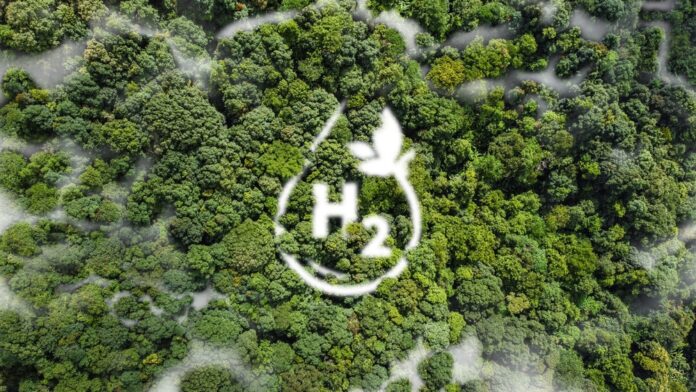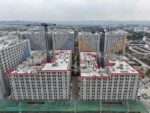The Department of Energy (DOE) has completed its reconnaissance survey in Palawan, identifying likely sites for naturally occurring hydrogen—a low-carbon energy source—with significant implications for the country’s clean energy development and commercial investment prospects.
Conducted from 12 to 15 August, the survey targeted areas across Sofronio Española, Narra, and Puerto Princesa City. Initial findings from locations such as Kay’s Hot Spring (Puerto Princesa) and Bato-Bato Hot Spring (Narra) indicated promising signs of native hydrogen presence. The study forms part of a broader DOE initiative to assess nine ophiolite belts nationwide.
The effort, supported by local and regional agencies including the Mines and Geosciences Bureau (Mimaropa) and the Palawan Council for Sustainable Development, positions Palawan as a potential hub for future hydrogen-based ventures. Hydrogen is being explored for its potential to co-fire with natural gas, offering a cleaner combustion alternative.
DOE emphasized that collected samples will undergo further lab analysis to determine viability and guide national strategy. The Palawan survey, alongside recent surveys in Zambales and Pangasinan, also supports upcoming specialized training on native hydrogen exploration—expected to attract local and international experts.
These developments mark a strategic step toward unlocking indigenous clean energy resources and enhancing the Philippines’ energy security and investment appeal in the hydrogen sector.







